Different from previous operating system, reinstall in Windows 10 can be divided to two different things: refresh Windows 10 and reset Windows 10. Please choose accordingly whether refresh or reset is more appropriate to your situation.
A refresh on Windows 10 will help you reinstall Windows 10. However, it will remove the applications and drivers that you have installed and your personal settings will be changed back to default as well. It will also remove applications from your computer manufacturer but the apps you installed from the Windows store will remain. This is what this post is about: we are doing a reinstall by performing a refresh.
A reset on Windows 10 will help you reinstall Windows 10 and removes ALL your personal files. The drivers, the applications, the personal changes that you made to settings, and the applications installed by your computer manufacturer will be removed as well. However, if your computer came with Windows 10, apps from your computer manufacturer will be reinstalled. Therefore, we strongly recommend that you back up your important personal files and applications first. If you are looking for methods to reinstall your Windows 10 by performing a reset, please go to the post here.
Quick pass:
Method One: Refresh from Boot (if you have Windows 10 installation media)
Method Two: Refresh from Settings
Note: Please note that both of these two options are only available when you can boot into desktop. If you cannot boot into desktop, please go to this post here to see more information as to How to go to Advanced Startup options – Option one. Then follow the instructions below accordingly.
Warning: It is suggested that you back up your important files and applications before your do a refresh on your computer.
If you reset your computer within a month of you upgrade to Windows 10, the option Go back to your previous version of Windows in the setting will no longer be available.
1) Type settings in the search bar, and then choose Settings that comes up.

2) Click on the Update & security icon.
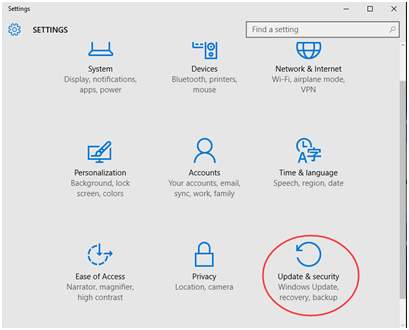
3) On the left side of the panel, choose Recovery. On the right side of the panel, choose Restart Now under the option Advanced startup.
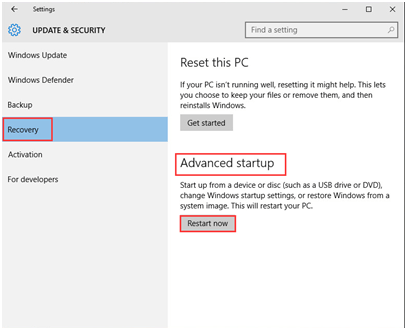
4) Wait for a while at this page.

5) Click on Troubleshoot.
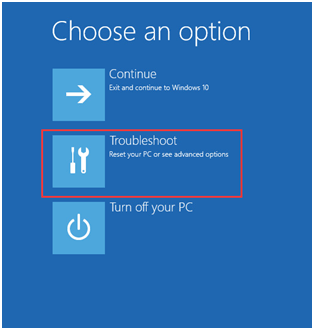
6) Choose Rest this PC.
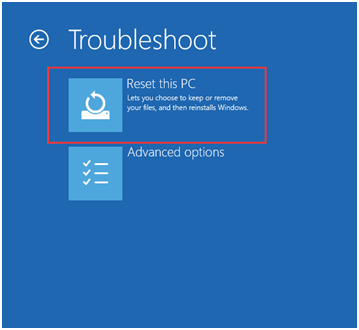
7) Choose Keep my files.
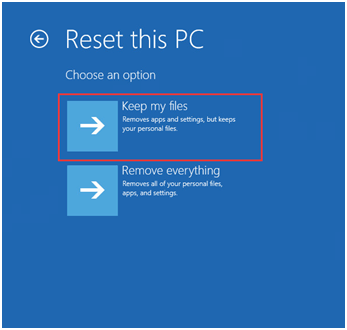
8) If prompt, click on the account you want to provide credentials for.
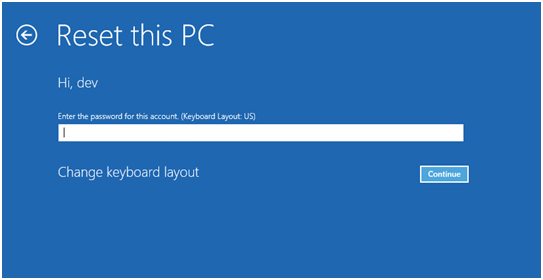
9) Press the Reset button to confirm the reset process.

It will take a while for the refresh to start and to finish. Your computer will restart a few times during the process.
You need to sign into Windows 10 when the refresh finishes. You will go through first start up again before seeing the desktop after the refresh.
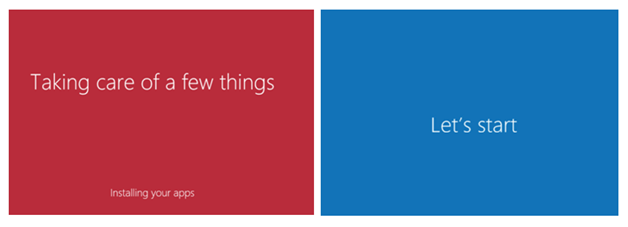
Method Two: Refresh from Settings
1) Type settings in the search bar, and then choose Settings that comes up.
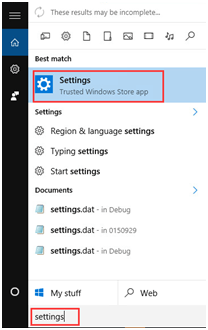
2) Click on the Update & security icon.

3) On the left panel, choose Recovery, and then choose Get started option under Reset this PC.
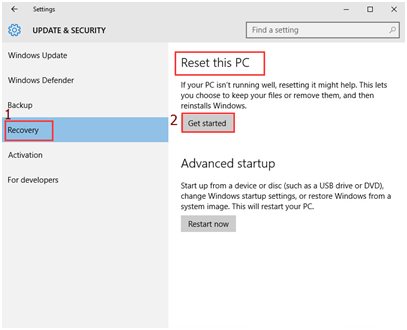
If it prompts Could not find the recovery environment or Insert media, you will need to insert your Windows 10 installation media or recovery driver to continue. If you do not have it, please refer to Method One.

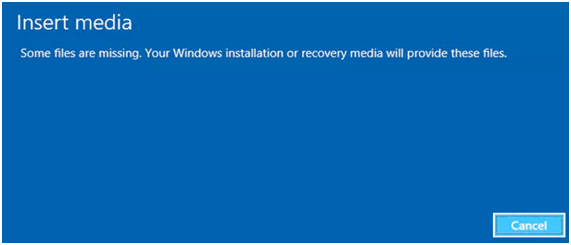
4) Choose Keep my files.
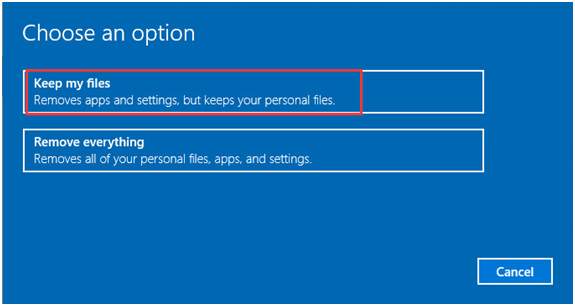
5) Click Next to continue.
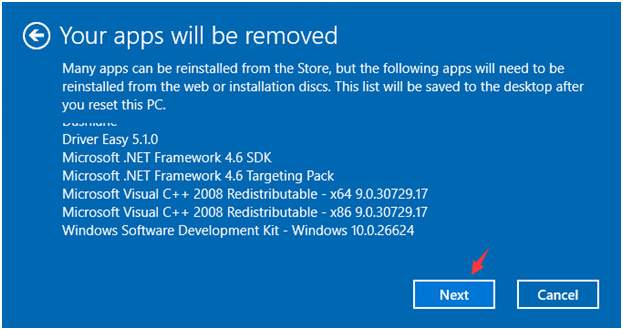
6) Press Reset to confirm the refresh.
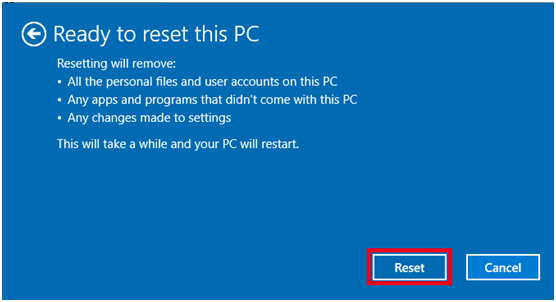
7) It will take a while for the refresh to start and to finish. Your computer will restart a few times during the process.
You need to sign into Windows 10 when the refresh finishes. You will go through first start up again before seeing the desktop after the refresh.





